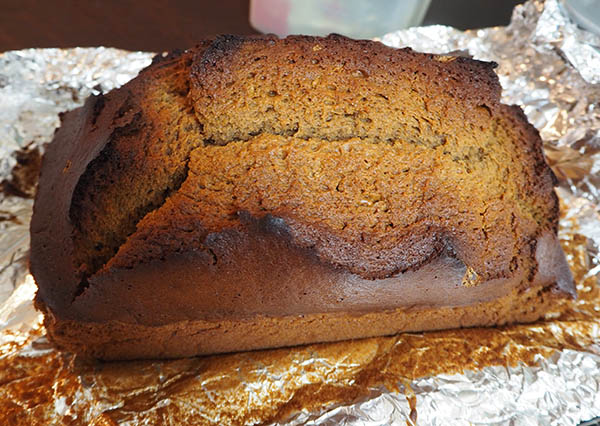Resilience and Gingerbread
What builds resilience in individuals – and what diminishes the capacity for resilience? I’ve been thinking about this a bit over the last few weeks whilst trying to manage the turbulence that is life-with-puppies.
First of all, what is resilience? Well, it’s generally considered to be the capacity individuals have to cope with difficulties/stress, ranging from personal tragedy or trauma to issues at home/in the workplace, financial pressures or health problems. The more resilience you have, the better you are at rolling with the punches that life throws at you, dusting yourself off and carrying on.
Different people cope with similar situations very differently, and sometimes even those who appear quite resilient in one set of circumstances may be very vulnerable in others. However, experience and observation (very unscientific, I know, but there you go) has shown me that resilience is an attribute that can both be learned and expanded upon with use. The key seems to be to try to avoid being overly change-averse. Or, to put it another way, to focus on having a flexible outlook.
I’ve found that honing my capacity to manage change has in turn made me more able to notice and manage stress when it arises, to think positively and even to learn new skills. That, combined with support from loved ones and a good night’s sleep makes an enormous difference in coping with vagaries of life.
But building resilience takes work and, at times, it can seem insurmountably difficult to achieve. Indeed, after multiple dog dramas and two emergency vet runs in as many weeks, my personal resilience capacity sank to what felt like an all time low. It happens. But T and I managed to accommodate the dramas, move through the emotional responses and, if not bounce back, exactly, at least totter back from the outcomes.
And each time we manage to bounce back – no matter how slowly we do it – we’re better equipped to do so the next time something comes up. We’re building our resilience without even realising it. We certainly know where our local emergency vet practice is located now and that Thursday nights is their busiest time!
Today we rewarded ourselves for surviving another puppy-infested-drama-laden-week with… gingerbread. We all need to be looked after and sometimes self-nurturing is the most useful gift we can give ourselves. Today, that gift is gingerbread. Lots of tasty gingerbread. I feel significantly more resilient with every slice 🙂
Nik’s Gingerbread Recipe
I’ve made this gingerbread loaf countless times over the past 30+ years. It’s never failed to be soft, moist and absolutely delicious. It’s dead easy to make and freezes well – and if you slice it beforehand, you get to have a treat a day for as many days as there are slices. This recipe makes two medium sized loaves or one really big one. Plan accordingly 🙂
Set the oven to 180C (350F). Line two medium-sized loaf pans with foil; lightly coat the foil with oil/butter.
3 cups plain flour , 1-cup sugar (I prefer raw sugar, but use whatever sort you like), 3 teaspoons ginger, pinch of salt, 2 teaspoons mixed spice, 1 teaspoon baking power, 1 teaspoon bicarbonate of soda – mixed with 1/4 cup of water, 1-cup oil, 3 eggs. 1-cup golden syrup (or treacle, if you prefer – both work), 1-cup lukewarm water
Mix all the ingredients together in a large bowl. Pour the mix into the prepared loaf pans. Bake for approximately 55 minutes, or until a skewer inserted in the middle comes out clean. Cool on a wire rack for about 10 minutes or so before turning out. Serve warm or cold – and with butter if you like it that way.
Note: if you bake this in one LARGE loaf pan (as I did today), then it’s a good idea to drop the temp to about 160-170 — it takes longer, but the top won’t get that interesting darker-than-dark shade and super-delicious crunchy bits 😛
